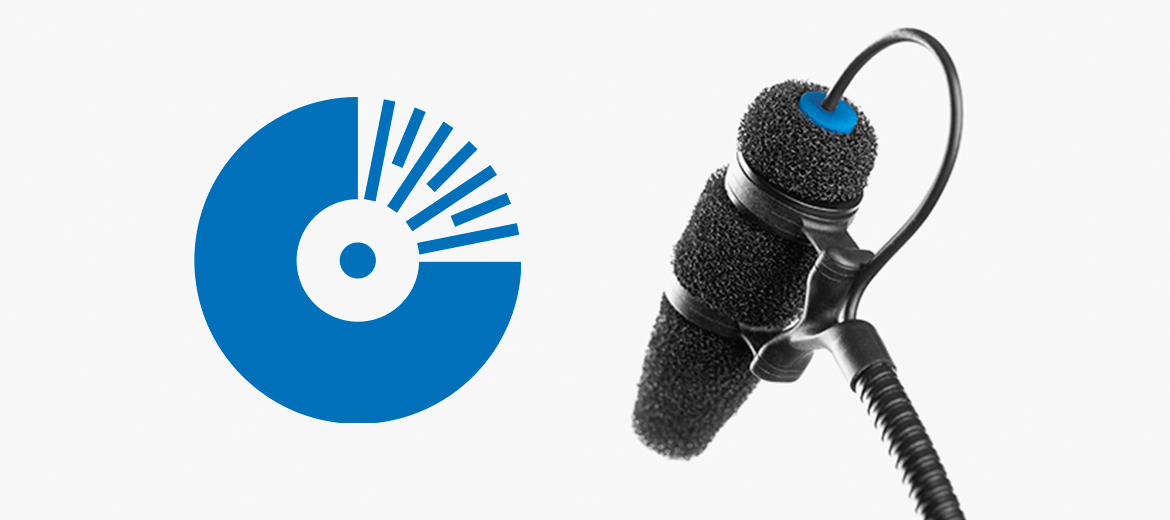Interference tube and CORE by DPA technology
The 4097 CORE Micro Shotgun Mic uses a small-diaphragm, pre-polarized condenser capsule with a supercardioid pickup pattern mounted deep inside a small interference tube, which sits inside of a small replaceable foam windscreen.

The interference tube used increases the mic's directionality, while maintaining flat on-axis frequency response and consistent off-axis response. Increased directionality, combined with good off-axis rejection, allows the microphone to isolate what should be picked up while attenuating sounds from the sides and rear.
CORE by DPA is a powerful technology at the heart of DPA's miniature microphones. We’ve minimized distortion across the entire dynamic range. You will experience increased audio clarity and openness. All CORE by DPA technology microphones, including the 4097 CORE Micro Shotgun Mic, are IP58 certified. This durability is achieved through a number of defense mechanisms:
• Water-repellant nano-coating of the cover and housing
• Hermetic sealing of the sensitive amplifier at the core of the mic
• Dual gold plating of the diaphragm
The IP58 certification and our general production and testing processes ensure a durable product that allows the mics to work optimally in even the harshest environments.
Read more about CORE by DPA